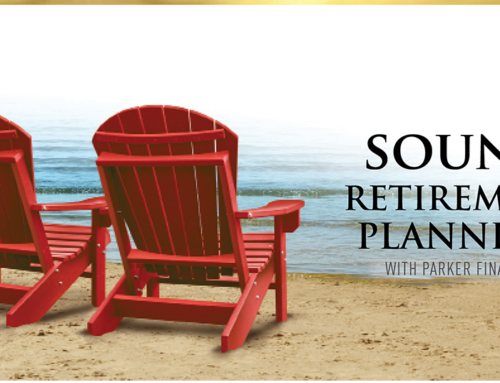On October 23, 2014 the Federal Reserve issued the supervisory scenarios that will be used to stress test banks. Their press release stated, “The aim of the annual reviews is to ensure that large financial institutions have robust, forward-looking capital planning processes that account for their unique risks, and to help ensure that they have sufficient capital to continue operations throughout times of economic and financial stress …”
Under the most severely adverse scenarios the federal reserve will test banks to see how they might hold up under hypothetical conditions. These are not forecasts. Some of the hypothetical conditions are:
- Unemployment rising to 10%
- Equity prices drop by 60%
- House prices drop by 25%
- A rise in oil prices to $110 dollars a barrel.
The aim of a good retirement plan is to help you have a forward-looking, capital-planning process that accounts for your unique risks to help ensure that you will have sufficient capital so that you won’t run out of money in retirement, never become a burden physically or financially to your family and that your financial strategy will continue though times of economic and financial stress. Have you ever considered stress testing your own investment portfolio and retirement plan?
In 2008, I met a couple who shared with me that they had experienced a 49% drop in their investment portfolio during the financial crisis. Before the financial meltdown, they had an investment portfolio valued at one million dollars. They were in their mid 60s at the time, and their financial adviser had told them they could draw out 4 percent per year without having to worry about running out of money. Four percent of 1 million dollars is $40,000. They had built their lifestyle expectations around that income. By the time they came into my office for a second opinion, their 1 million dollars had eroded to about $500,000. This couple hand a very difficult decision to make. Should they reduce their income to reflect the current value of their portfolio? Or should they continue to take the income they needed and significantly increase the probability of running out of money?
The prudent person will want to stress test their retirement plan. While the methodology may vary, the principles are similar and should include:
- How would a significant health care event that required a prolonged level of care impact your financial well being?
- What if your spouse dies and then you experience a decrease in pension and social security income?
- How might your investment portfolio perform under different macro economic scenarios?
- Are you being to conservative with your mix of investments? Or are you being to aggressive?
- How might a low rate of return or severe market correction impact your financial well being?
- If you own bonds or bond mutual funds how will increasing interest rates impact your portfolio?
- How will inflation impact your purchasing power over time?
Many investment advisers have the ability to run forward looking stress tests of both an individuals retirement plan and their investment strategy to uncover individuals risks.Every investment portfolio contains risks and by using forward looking macro economic stress testing models you can begin to formulate what if scenarios and explore pro active solutions. One of my favorite online tools for stress testing a portfolio is called Hidden Levers. Visit their website at www.Hiddenlevers.com and run a free stress test on your portfolio.
A comprehensive retirement plan considers risks to mitigate, opportunities to capture and is more than a risk tolerance questionnaire and an investment diversification strategy.
I’ve worked with hundreds of retirees, and I’ve learned that retirement is all about cash flow. It is your income that will determine your lifestyle in retirement not your net worth. Consider this quote from one of the recent guests I interviewed on my weekly radio show, “Without income there is no retirement.”
If you are thinking of retirement be sure to start the journey by creating a great retirement income plan. Married couples should know the strategies to maximize their social security benefits and have a good handle on how much they spend every month on basic living expenses.
In years past the general wisdom was to allocate more money to bonds and less to stocks as you grow older. The idea was that bonds were safer than stocks. Much of this advice is based upon past performance of how bonds and bond mutual funds have historically performed. The problem we have today is that the economic landscape looks much different going forward that it did in the past. We have been in a falling interest rate environment for 30 years, which helped make bonds an attractive investment from a historical standpoint because they produced income and capital appreciation as interest rates fell. With the fed funds rate sitting at zero and ten year treasury notes currently paying less than 2.5%, the prudent investor should be asking if bonds will provide the downside protection in their portfolios going forward that they have in the past.
Designing your retirement plan based on what has happened in the past would be like driving your car while only looking in your rear view mirror. A good retirement plan should consider what has happened in the past but also have a forward looking approach. The prudent retiree should conduct a comprehensive “Stress Test” on their retirement plan.
This article was also featured in the December 2014 Kitsap Peninsula Business Journal.
•••••••••••••••••••••••••••••••••••••••••••••••••••••••••••••••••••••••






